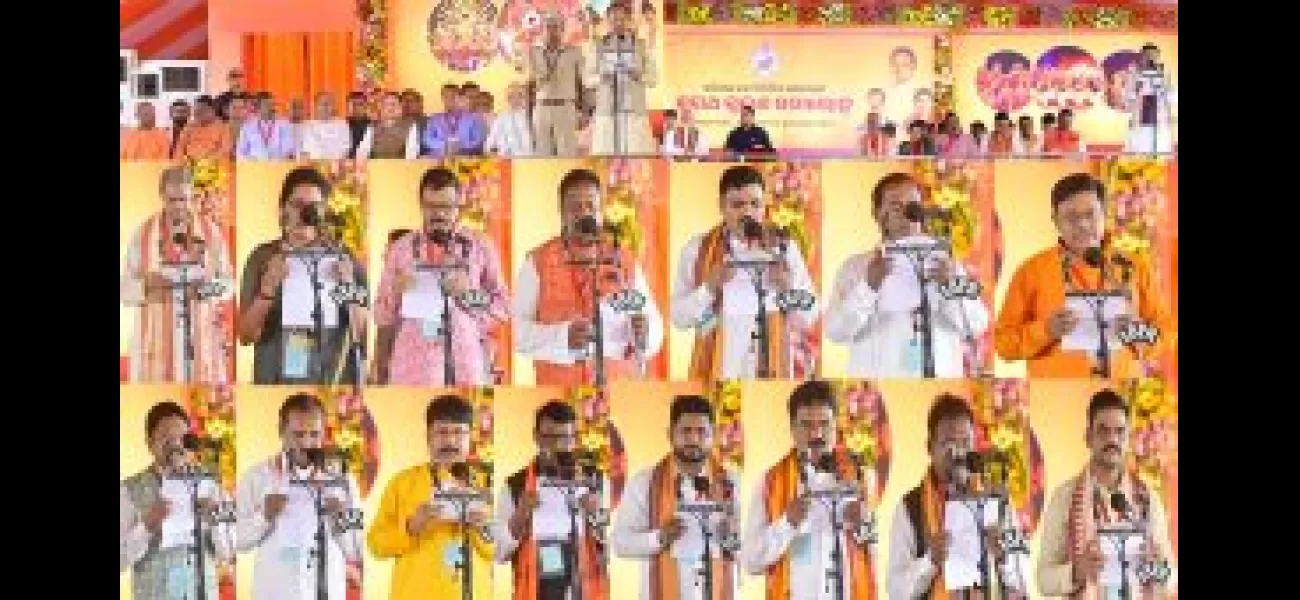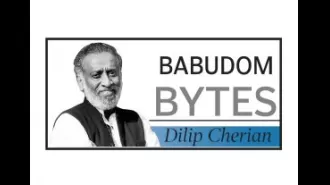Most ministers in Odisha, except one, are new, including the Chief Minister.
New ministers in Bhubaneswar lack experience, only 5 out of 16 were members of previous assembly.
June 12th 2024.

The city of Bhubaneswar was abuzz with the news of the newly sworn-in council of ministers on Wednesday. It was a day of new beginnings as fifteen council members, including Chief Minister Mohan Charan Majhi, took their oaths. However, out of these ministers, only Deputy Chief Minister Kanak Vardhan Singh Deo had prior experience as a minister in the state. The remaining eleven were all first-timers, including Deputy Chief Minister Pravati Parida, who was elected from the Nimapara Assembly seat.
The new council of ministers was a diverse group, representing thirteen out of the thirty districts in the state. Four of them belonged to ST (Scheduled Tribes), two to SC (Scheduled Castes), and the remaining ten were from the general caste. Geographically, the ministers hailed from different regions of the state - four from Western Odisha, three from South Odisha, and three from North Odisha. The Chief Minister himself was from the North, while the Deputy Chief Minister, Pravati Parida, hailed from the coastal region.
Interestingly, the coastal region had the highest representation in the cabinet, with six ministers hailing from there. This included Deputy Chief Minister Parida, who made history by becoming one of the two Deputy Chief Ministers to be appointed in the state after a gap of 29 years. The last time this happened was in 1995, during the Congress government headed by JB Pattnaik. Then, Basant Kumar Biswal and Hemananda Biswal were appointed as Deputy Chief Ministers for a brief period after Pattnaik was asked to step down from his post by the Congress High Command.
Out of the total sixteen ministers, eight were Cabinet ministers, and five were ministers of state with independent charge. Among the Cabinet ministers, only two - Mukesh Mahaling and Nityananda Gond - had prior experience as members of the last assembly. The remaining six were all new entrants, eager to serve the state and its people. The same was true for the five ministers of state with independent charge, with only two having been members of the last assembly, and the other three being debutantes.
The new council of ministers was a true representation of the state's diversity, with members from different districts such as Ganjam, Mayurbhanj, Keonjhar, Jajpur, Jagatsinghpur, Jharsuguda, Sambalpur, Nabarangpur, Dhenkanal, Khordha, Bolangir, Bhadrak, and Puri. It was a step towards inclusive governance and development for all regions of the state. The people of Odisha were hopeful and excited about the future under the leadership of this new council of ministers.
The new council of ministers was a diverse group, representing thirteen out of the thirty districts in the state. Four of them belonged to ST (Scheduled Tribes), two to SC (Scheduled Castes), and the remaining ten were from the general caste. Geographically, the ministers hailed from different regions of the state - four from Western Odisha, three from South Odisha, and three from North Odisha. The Chief Minister himself was from the North, while the Deputy Chief Minister, Pravati Parida, hailed from the coastal region.
Interestingly, the coastal region had the highest representation in the cabinet, with six ministers hailing from there. This included Deputy Chief Minister Parida, who made history by becoming one of the two Deputy Chief Ministers to be appointed in the state after a gap of 29 years. The last time this happened was in 1995, during the Congress government headed by JB Pattnaik. Then, Basant Kumar Biswal and Hemananda Biswal were appointed as Deputy Chief Ministers for a brief period after Pattnaik was asked to step down from his post by the Congress High Command.
Out of the total sixteen ministers, eight were Cabinet ministers, and five were ministers of state with independent charge. Among the Cabinet ministers, only two - Mukesh Mahaling and Nityananda Gond - had prior experience as members of the last assembly. The remaining six were all new entrants, eager to serve the state and its people. The same was true for the five ministers of state with independent charge, with only two having been members of the last assembly, and the other three being debutantes.
The new council of ministers was a true representation of the state's diversity, with members from different districts such as Ganjam, Mayurbhanj, Keonjhar, Jajpur, Jagatsinghpur, Jharsuguda, Sambalpur, Nabarangpur, Dhenkanal, Khordha, Bolangir, Bhadrak, and Puri. It was a step towards inclusive governance and development for all regions of the state. The people of Odisha were hopeful and excited about the future under the leadership of this new council of ministers.
[This article has been trending online recently and has been generated with AI. Your feed is customized.]
[Generative AI is experimental.]
0
0
Submit Comment





